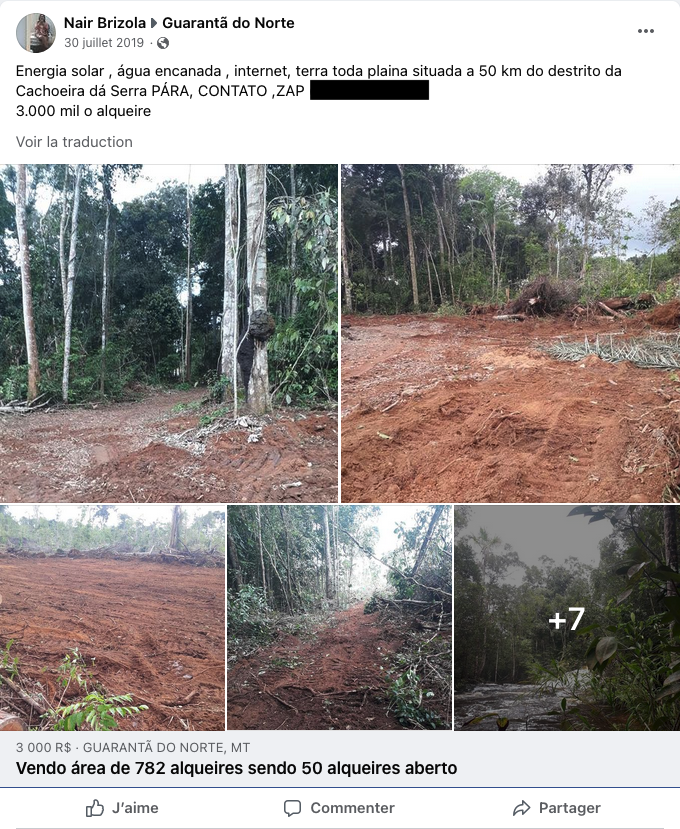For the past several months, we have been working with threatened journalists around the world on a new way to defeat impunity for crimes against the press.
It has a name: the #SafeBoxNetwork. On #WorldPressFreedomDay, we are thrilled to introduce it to the world. #thread (1/12)
It has a name: the #SafeBoxNetwork. On #WorldPressFreedomDay, we are thrilled to introduce it to the world. #thread (1/12)
The #SafeBoxNetwork was founded on one simple premise: to ensure that a journalist's sensitive information does not disappear with them if they are kidnapped, imprisoned or murdered.
Since the beginning of the year, eight journalists have been killed in Mexico alone. (2/12)
Since the beginning of the year, eight journalists have been killed in Mexico alone. (2/12)
How does the #SafeBoxNetwork work?
First, threatened journalists can keep their sensitive information safe by sharing it with our global network of journalists. We store it securely without working on it. (3/12)
First, threatened journalists can keep their sensitive information safe by sharing it with our global network of journalists. We store it securely without working on it. (3/12)

If one of these journalists is prevented from doing their job (for example, if they are kidnapped, imprisoned, or murdered), we will be able to continue their investigations with our partner media outlets and publish them worldwide. (4/12) 

The mission: protecting journalists, in addition to pursuing and publishing their work.
The #SafeBoxNetwork complements the mission Forbidden Stories has pursued since its inception. It aims to take action before threats to journalists result in crimes against them. (5/12)
The #SafeBoxNetwork complements the mission Forbidden Stories has pursued since its inception. It aims to take action before threats to journalists result in crimes against them. (5/12)
By building on our international network, the #SafeBoxNetwork has a clear objective: to dissuade the enemies of the press from attacking journalists, as what they seek to silence would be exposed worldwide.
Killing the messenger will not kill the message. (6/12)
Killing the messenger will not kill the message. (6/12)

By making it public that they have shared their ongoing investigations with the Forbidden Stories network, journalists can deter those who threaten them from attacking them.
Paraguayan journalist @GuachireM did just that in a tweet in March. (7/12)
Paraguayan journalist @GuachireM did just that in a tweet in March. (7/12)

The network is already a reality.
A few weeks ago, in March, Forbidden Stories brought together a dozen threatened journalists from across Latin America at a workshop in Brazil. They began protecting their information with the #SafeBoxNetwork. (8/12)
A few weeks ago, in March, Forbidden Stories brought together a dozen threatened journalists from across Latin America at a workshop in Brazil. They began protecting their information with the #SafeBoxNetwork. (8/12)

"[With the #SafeBoxNetwork] we can let those on the front lines know that even if something happens to one of us, the investigation will be published. I think that protects both our work and our lives." (Óscar Parra / Colombia) (9/12) 

"For me, the #SafeBoxNetwork represents hope. From now on, the enemies of the press will think twice before committing such crimes. If they come after me, the story won’t end there. Even if they kill me, they will not silence me." (Jonathan Cuevas / Mexico) (10/12)
The #SafeBoxNetwork is open to all journalists worldwide who are threatened for their work.
Today, we are publishing a step-by-step tutorial about this network. You can also find a directory of the first member journalists, as well as an FAQ. (11/12)
forbiddenstories.org/safebox-networ…
Today, we are publishing a step-by-step tutorial about this network. You can also find a directory of the first member journalists, as well as an FAQ. (11/12)
forbiddenstories.org/safebox-networ…
You are not a threatened journalist, but would like to help us?
Spread the word about the #SafeBoxNetwork! The more that is known about this network, the more it can serve as a deterrent. You can also make a donation to support our mission. (12/12)
forbiddenstories.org/donate/
Spread the word about the #SafeBoxNetwork! The more that is known about this network, the more it can serve as a deterrent. You can also make a donation to support our mission. (12/12)
forbiddenstories.org/donate/
• • •
Missing some Tweet in this thread? You can try to
force a refresh











